Purpose of Affirmative Action
Affirmative action is based and builds on the principles of equal opportunity laws. It is intended to provide opportunities for defined protected groups and give them equal access as others in the population. Groups covered by affirmative action are: race, color, religion, gender, gender identity, sexual orientation, national origin, disability and veteran status. Affirmation action laws are intended to:
- Help eliminate discrimination members of groups who have been historically disadvantaged
- Provide proactive action oriented programs to include members of protected groups in employment
- Assist in removing barriers for employment and level the playing field in the workplace
What Affirmative Action is NOT
It is equally important to identify what affirmative action is not. There is often a misunderstanding of what companies must do as affirmative action employers. Affirmative action is not:
- Quotas/ Set aside programs
- Preferential treatment and selection
- Different standards
- Selection of unqualified individuals
Affirmative Action Programs (AAPs)
If certain headcount/contract amounts are met, federal contractors and subcontractors are required to develop written affirmative action programs. These programs are intended to be a management tool to ensure that equal employment opportunity is occurring in the workforce. These programs should identify the extra steps contractors are implementing to include covered, protected groups. Written programs must be developed on an annual basis and include:
- AAPs include analysis of the contractor’s workforce. Analysis includes comparing the demographics of the company in relation to the demographics of qualified individuals in the labor pool. Where the company is underrepresented, placement goals are established (women, minorities, individuals with disabilities, protected veterans).
- AAPs include a narrative which is a communication tool for what the contractor/subcontract has done or intends to do for the AAP year. This includes the company’s good faith efforts to address underrepresentation or impediments in employment practices.
- Contractors must also annually review employment transactions (hires, promotions, terminations) that occurred in the prior twelve months. Often referred to as adverse impact analysis. The analysis is used to determine if there are significant differences in selection rates between groups (females vs. males, minorities vs. non-minorities).
- Contractors are also required to annually review compensation practices/systems to evaluate if there are gender, race or ethnicity based disparities.
While the AAPs could be viewed as a paperwork exercise, they really can be much more. Use them as the tools they are intended to be to identify and address areas in which there are opportunities for good faith improvement. Improvements to processes are recommended where adverse impact exists in employment transactions or where unexplained disparities exist in compensation as monetary liability exists for companies in those areas in the event of a government audit. Develop realistic and attainable goals for your organization by using your developed AAP as your guide.
If you need help understanding the requirements or how to implement your company’s program, please contact Catapult’s Advice Team at 919-878-5267.
Written by an HR Advisor

